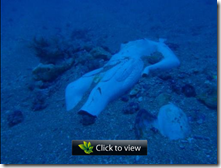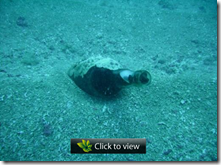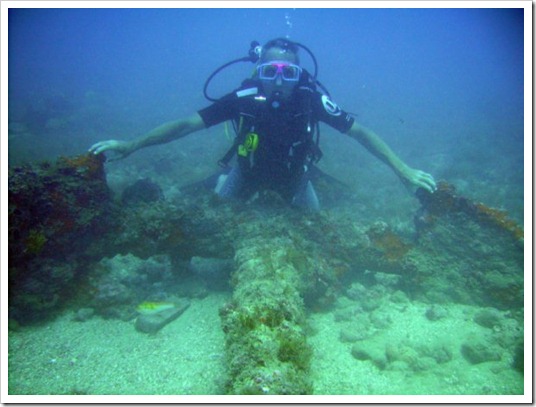How software brings deep sea archaeology into the living room
Working at Microsoft, I’m fully aware of the amazing things that people can do with technology and the impact that it can have, but every now and then, my knowledge is taken to new depths – literally!
The Octopus Deep-Sea Archeology Research Association has a long history of successful discoveries of treasures hidden deep in the ocean. They have identified and explored several shipwrecks in different regions. During these projects there is a huge amount of data and images created, but until recently, they had not figured out how to effectively manage all this information.
When members of the Octopus Association first contacted Microsoft, they asked for a donation of Windows Server 2003. However, after assessing their needs and seeing the sheer volume of photos, videos and data that they had to handle, we quickly realized that there were other ways that Microsoft technology could help. Following a number of additional meetings to better understand their specific requirements, Microsoft Hungary donated software valued at over $30,000, featuring products such as SharePoint, Silverlight and Photosynth.
Along with the software, we worked with the Association to use technology that could bring the work of the archeologists into the living room of people everywhere. One of the most spectacular solutions that the Octopus Association are using is Photosynth, which enables them to combine different photos of an object to produce a 3D image. Below you can see two interesting examples. One showcases a wine bottle, the other one a sculpture, both on the exact location where they were found. Click on the images to view the Photosynth.
 |
 |
Besides photos, the Octopus Association discovered that videos could be shared as well, using Microsoft Silverlight technology. These interactive multimedia elements will be introduced in a virtual online museum that is planned to be launched within a year. The museum will use embedded accessibility tools to ensure that the visually impaired can experience their work also.
Helping to share the results of the Association’s discoveries with a wider audience is only a small fraction of our support of the Octopus Association. One of the most important changes was helping them to transfer their organization's portal to SharePoint, since this technology is ideal for collecting and sharing data created at geographically disparate locations, which is of course regular practice in the Association’s work.
Moreover, through some help from Microsoft's system engineers, the IT manager of Octopus created a solution to enhance the transfer of information on new finds to historians, archaeologists and researchers involved in the projects, all over the world.
Using SharePoint has made research administration very efficient, as opposed to the former, paper based solution, making tasks such as bulk inquiries and filters much more efficient. Not only are archaeological records entered into the database, but divers' logs are linked to these data. In the case of any potential deviations, the system initiates an alarm. The software can calculate this by comparing current and historic data, and is able to alarm the team leader in time, before any issue might arise.
Members of Octopus also exploit the advantages of Windows 7's security functions. The Association’s IT manager is a big fan of Windows 7 networking, search, data management and display functionality. He believes that the management of data communications is significantly faster in Windows 7, while less user interaction is required for frequently used functions.
Because our Microsoft team closely follows the Association, to provide technical and professional assistance, I have managed to learn a great deal about their work. I’m proud and pleased to have experienced the excitement of working on this project and amazed once again to learn that there are a vast number of creative ways to use Microsoft's technologies. This gives new meaning to my understanding of Unlimited Potential and where we might go from here.
Bernadette Szilagyi
Microsoft Hungary Unlimited Potential Program manager
